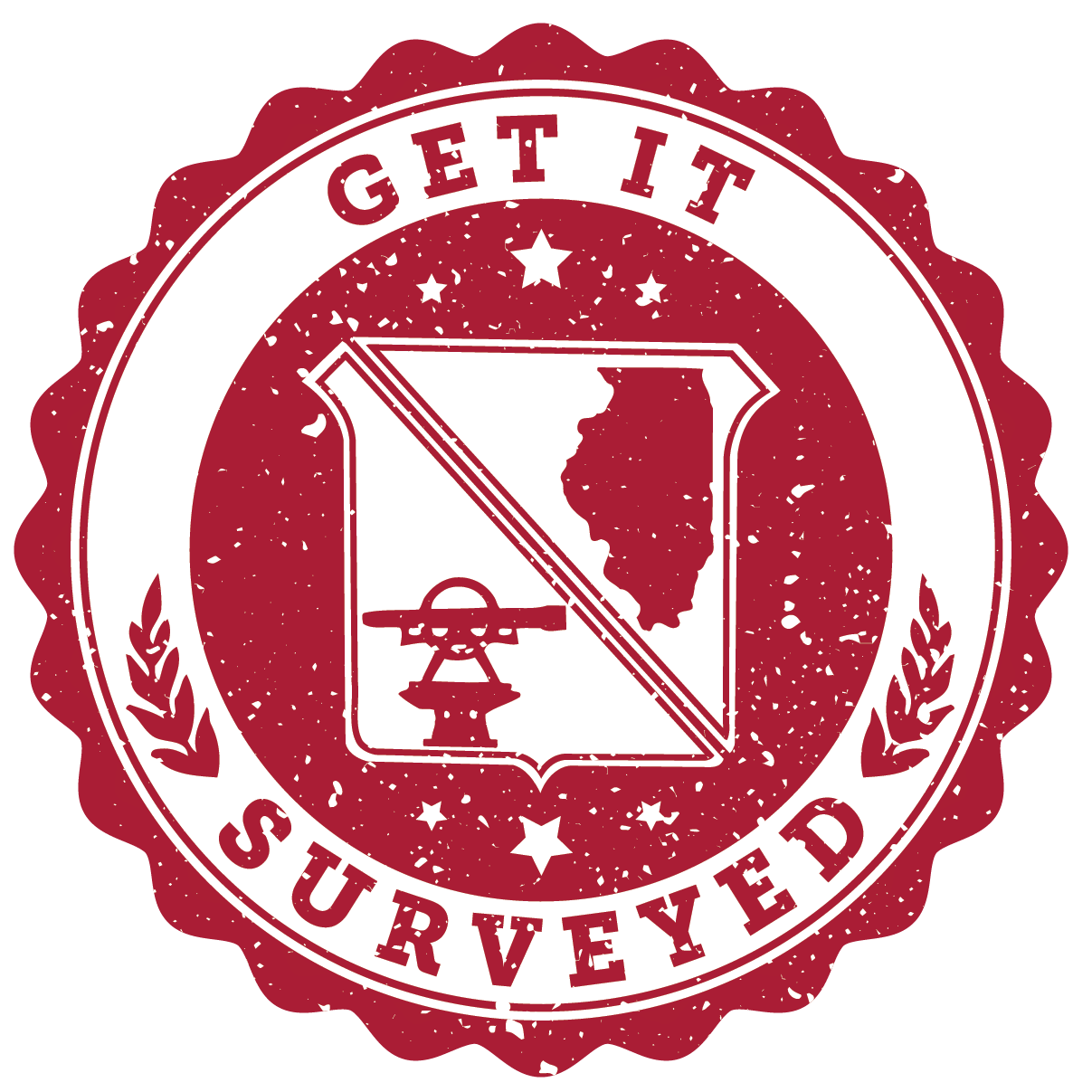The Facts
Land surveying is a licensed profession requiring the use of mathematics, physics, and engineering to determine and establish land boundaries by precisely determining measurements such as dimensions, lengths, and boundary lines.
A Professional Land Surveyor (PLS) is a person who is qualified by education, experience and successful completion of examination required by the state department overseeing licensing regulation.
The Problem
A growing number of digital applications encourage users to bypass professional land surveyors and utilize computer-generated GIS data. While the companies behind these applications are legally protected by complex disclaimers, consumers are being misled — and they’re the ones left paying. The average owner may not be aware of the dangers these apps pose.
Why Choose a Licensed Land Surveyor?
Hire a licensed land surveyor to protect your investment.
In any case of dispute, your surveyor is an expert witness in court and assumes full professional responsibility for the accuracy of your survey. The cost of the survey as a percentage of your total investment is small and a reasonable price to pay for peace of mind.
Don’t cut corners.
Visit the link below to find a surveyor in your area.
“The County Assessor’s Maps, the GIS Mapping, often has egregious errors. The people who do the GIS mapping are good people, but they’re not professionally trained.”
“Generally, these apps get their line work from the tax assessors in the counties and if the tax assessor’s map is incorrect then their map is incorrect. The maps are made for taxing purposes, not for boundary surveys or anything like that. So it’s a source for information but I think it’s being misused when people go in and start trying to establish their property lines using all these apps, because really they give you a general idea. They’re not exact. As a surveyor, you have to go through and research the records & deeds, you have to do your homework. Then go out and locate monuments on the ground and then make boundary judgements to establish where the actual property lines are located. There’s a multitude of research and judgement that goes into establishing or retracing boundary lines professionally.”
“I am not aware of a legal requirement for GIS to have any accuracy at all. There are a lot of really good things about GIS. They can tell you a lot of good information. But the caveat to that is in the name. Geographical Information System. The intention of this technology is to produce a library that has a geographical component. It’s not meant to guarantee you your property lines. It’s not meant to be an exhaustive resource. It’s not meant to project your property lines on your house. It can be that accurate but there’s no guarantee that it is. So if you go outside of a professional surveyor and you look to have your work done on the cheap, you get what you pay for and you accept a lot of liability that would otherwise rest on the surveyor and be the responsibility of the surveyor.”
“I’m not a GIS expert so I don’t really know where they get their data. The right of way widths are usually correct, but the location of the lines is just approximate. It’s not based on any monumentation that’s found out in the field. And I think that sometimes if there’s a lot of curves in the right of way, they’re trying to recreate that based on record information to the best of their ability, but they’re not land surveyors that are recreating that, so it’s close, but it’s never exactly where the lines are.”
“Property surveys are an important part of the home buying process… It’s possible to find information on your property lines without conducting an official property survey; however, you won’t end up with an official document and you can’t use your findings as part of a property sale or legal dispute. The most secure option is to hire a licensed professional property surveyor.”
